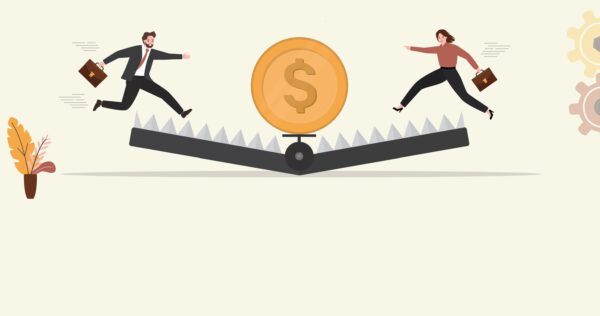Carina Hull explains how resilience is ultimately an inside job, shaped by our mindset, thoughts, and behaviours.
Building resilience is a multifaceted process that goes beyond simply ‘bouncing back’ from adversity. While many people know resilience is about overcoming challenges, there are several lesser-known aspects that can make a big difference in how resilience is built and sustained.
Here are some important things that people might not know about building resilience:
1. Resilience is a skill, not a trait: • What people don’t know: Many people believe that resilience is an inherent trait – that some individuals are just born more resilient than others. When really, resilience is a skill that can be learned and developed over time.
- Why it matters: This means that everyone, regardless of their personality can cultivate resilience through intentional practice, mindset shifts, and strategies.
2. Resilience and thinking styles are interconnected:
- What people don’t know: Resilience is heavily influenced by the way individuals think. The Human Synergistics Life Styles Inventory tool categorises thinking styles into Constructive, Passive/Defensive, and Aggressive/Defensive styles. These thinking patterns directly impact how a person approaches challenges, stress, and change.
- Why it matters: People with Constructive styles tend to be more resilient because their thinking patterns focus on personal growth, collaboration, and positive engagement. Those with
Defensive styles may struggle, as these thinking styles often lead to avoidance of challenges or reliance on external validation, making it harder to adapt and recover from setbacks.
3. Resilience is about changing behaviour, not just ‘bouncing back’:• What people don’t know: Resilience isn’t just about going back to ‘normal’ after a setback; it’s about developing new behaviours and thought patterns that enable you to thrive in the face of adversity.
- Why it matters: With feedback, individuals can recognise which Defensive styles (such as Approval or Power) may be undermining their resilience. Focusing on Constructive styles can foster growth, adaptability, and perseverance.
4. Resilience is not about avoiding stress: • What people don’t know: A common misconception is that resilient people don’t experience stress or anxiety, which isn’t always possible. Resilience is about how you think about and respond to stress, not actively working to avoid it.
- Why it matters: Resilient individuals focus on building coping strategies, and developing thinking patterns to help navigate challenges.
5. Building resilience involves embracing vulnerability: • What people don’t know: Resilience often requires vulnerability. People may think that ‘strong’ individuals never show weakness or need help, but the opposite is true. Being able to acknowledge weaknesses, ask for help and express emotions are key components of resilience.
- Why it matters: Embracing vulnerability allows individuals to process emotions and gain perspective. Being open about our struggles helps build deeper connections, develop coping strategies and better identify triggers in the future.
6. Resilience is linked to self-compassion, not just toughness: • What people don’t know: Resilience is often associated with toughness, being self-critical or harsh.
- Why it matters: Being compassionate with yourself after setbacks allows us to avoid burnout and maintain mental wellbeing. It’s easier to recover from adversity when you accept that mistakes and challenges are part of the human experience.
7. Resilience can be strengthened by helping others: • What people don’t know: Helping others can strengthen your own resilience. When you offer support, it can give you a sense of purpose and boost your own coping mechanisms. This is sometimes referred to as ‘resilience through giving’.
- Why it matters: Engaging in acts of kindness and helping others can improve our own mental health and increase feelings of connectedness, which in turn reinforces the ability to cope with our own difficulties. The LSI from Human Synergistics provides invaluable insight into an individual’s thinking styles and behaviour, highlighting areas that may limit resilience and offering opportunities for change. Resilience is ultimately an inside job, shaped by our mindset, thoughts, and behaviours. Practicing resilience is about mining your strengths, aligning to what intrinsically matters most to you, being vulnerable and practicing a growth-orientated approach. Are you ready to reflect on your mindset and fine tune your resilience potential?
Carina Hull is a Senior Consultant at Human Synergistics New Zealand, specialising in leadership, team, strategy and culture development. With over 15 years of experience on executive teams and boards across New Zealand, Asia, and the Pacific, she excels at constructively challenging and inspiring others.











